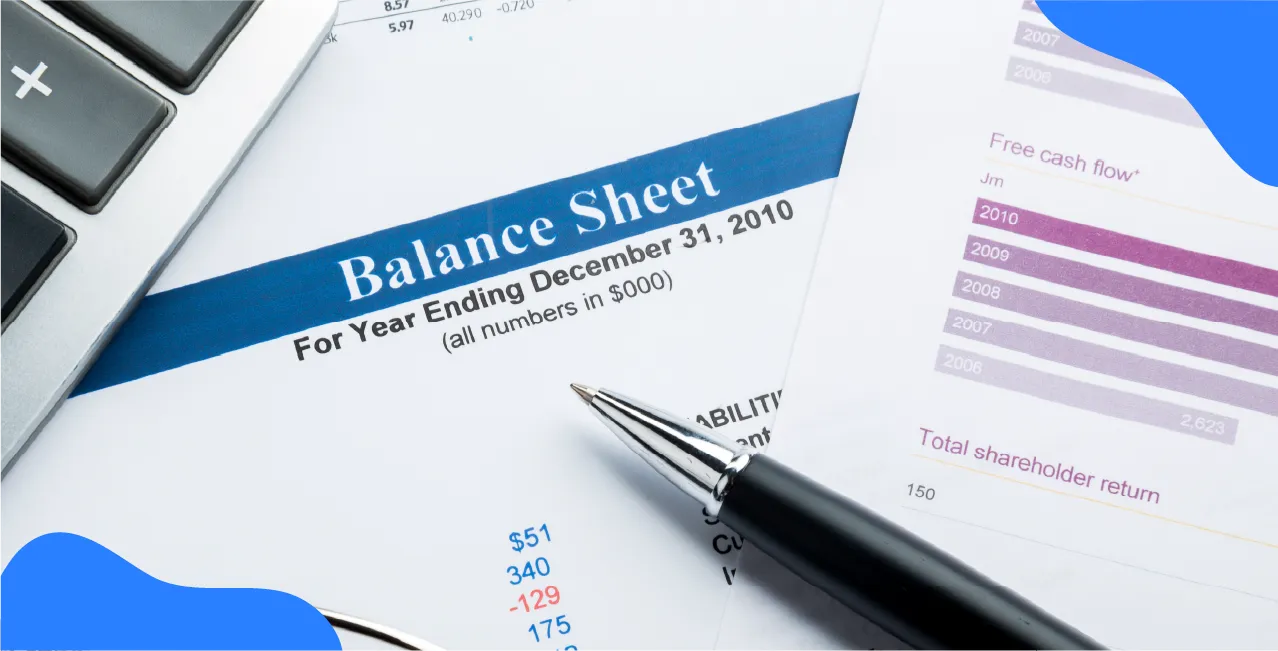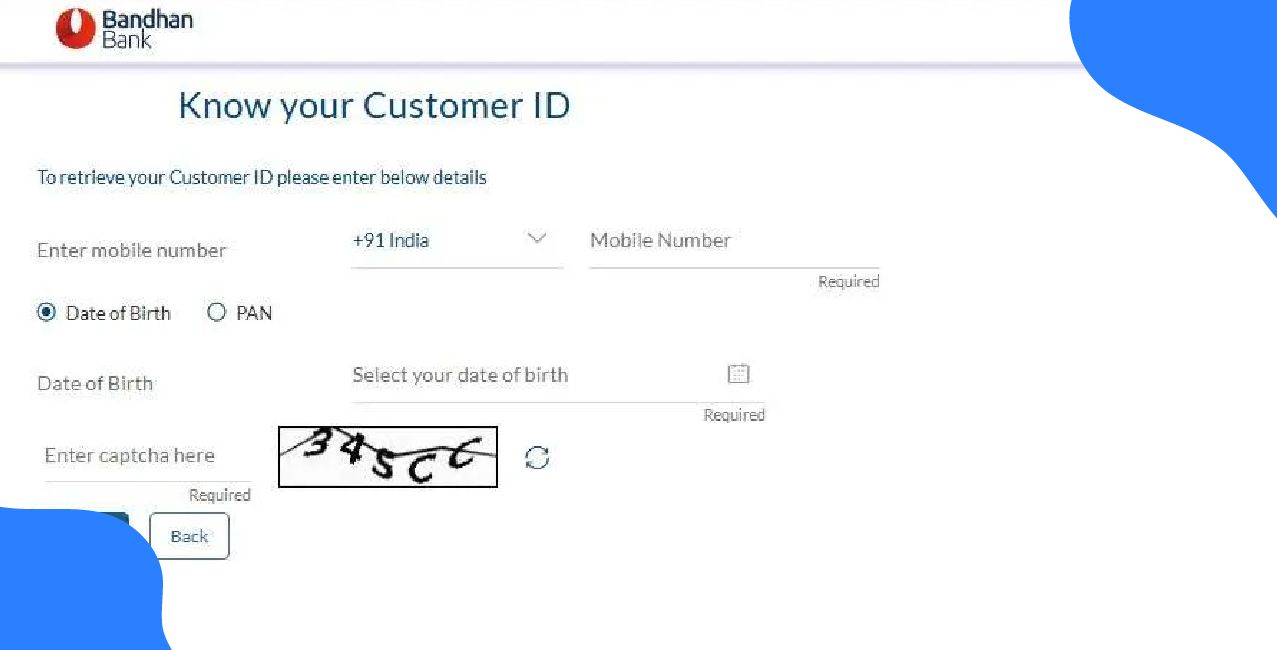
Author
LoansJagat Team
Read Time
6 Min
23 Jul 2025
What is a Balance Sheet : Meaning, Format, Importance & Components
A balance sheet is a financial statement that shows what a company owns and what it owes at a specific point in time. It also shows how much money the owners or shareholders have invested.
For example, Ravi runs a small garment business called "Ravi Fashions." At the end of the financial year, he prepares a balance sheet to understand his business position. It helps him and his investors see if the business is growing or facing problems.
Here is Ravi Fashions’ balance sheet:
This table helps Ravi know how much he owns and how much he owes.
Understanding How Balance Sheets Work
A balance sheet shows a company’s financial position at a specific time. It lists what the company owns (assets) and how it funds it through loans (liabilities) or shareholders' money (equity). It doesn’t show changes over time, so firms compare it with past balance sheets and other statements.
The Accounting Equation
Read More - What Are Assets in Accounting
At the heart of the balance sheet is a simple but powerful formula:
Assets = Liabilities + Shareholders' Equity
This means everything the business owns must be paid for either through debt or investment.
Example 1: Loan from a Bank
If a company takes a ₹4,000 loan, its cash (asset) increases by ₹4,000 and its liability (loan payable) also increases by ₹4,000. Both sides remain equal.
Example 2: Money from Investors
If the company receives ₹8,000 from investors, its assets increase by ₹8,000 (shown as cash or other items), and shareholders' equity also increases by the same amount.
This balancing ensures the financial records always stay accurate and complete.
Using the Balance Sheet Wisely
While the balance sheet is useful, it should not be viewed in isolation. Investors and business owners get a clearer picture when they:
- Compare it over time to spot changes in assets, debts, or equity
- Use financial ratios like the debt-to-equity ratio or the acid-test ratio to measure financial strength
- Read it alongside other reports, like the income statement and cash flow statement
- Look at industry comparisons, because each industry has different ways of managing money
Main Parts of a Balance Sheet
A balance sheet has three main parts that show what a company owns, what it owes, and how it is funded. These three parts are: assets, liabilities, and equity. Assets show everything the company owns. Liabilities and equity explain how the company has paid for those assets. These parts follow the accounting formula:
Assets = Liabilities + Shareholders' Equity
Here is a simple table to explain each part:
These components help you see how a business is doing financially. Assets show the company’s resources, liabilities show its debts, and equity shows how much value the owners have in the company. When all three parts balance, the financial records are in order.
Why the Balance Sheet Is Important for Every Business
The balance sheet gives a clear picture of a company’s financial position. It helps different people like managers, investors, lenders, and even employees, make better decisions based on facts.
Key Reasons Why the Balance Sheet Matters
General Sequence of Accounts in a Balance Sheet
Under the Generally Accepted Accounting Principles (GAAP), the balance sheet follows a well-defined structure to present a company’s financial position. It separates assets, liabilities, and shareholders’ equity, arranging them in a particular sequence for better understanding and comparison.
Assets appear first and are listed in descending order of maturity—from those most easily converted into cash to those that are more permanent.
- Current assets include cash, accounts receivable, inventory, and prepaid expenses.
- Long-term assets include fixed assets, long-term investments, and intangible assets.
Liabilities are divided into current and long-term, and they are arranged in ascending order of when they are due.
- Current liabilities may include short-term debt, salaries payable, interest payable, and customer advances.
- Long-term liabilities include long-term loans, pension obligations, and bonds payable.
Shareholders’ equity is placed after liabilities and is listed in decreasing order of priority, typically starting with share capital, followed by reserves and retained earnings.
This sequence ensures clarity, consistency, and compliance with accounting standards across all financial reports.
How Does a Banker Look at a Balance Sheet?
When a banker reviews a company’s balance sheet, the goal is to assess its financial health and ability to repay loans. This involves examining the company’s assets, liabilities, and equity, and more importantly, calculating key financial ratios to understand risk levels. Below are three major ratios bankers use, explained in simple terms with examples.
1. Current Ratio (Working Capital Ratio)
The current ratio measures whether a company can pay its short-term debts with its short-term assets. A ratio above 1 suggests that the company is financially stable in the short term.
Formula:
Current Ratio=Current Assets/Current Liabilities
Example: ABC Co.
Interpretation:
ABC Co. has $1.71 in assets for every $1.00 it owes. This indicates a strong position to meet short-term obligations. Bankers prefer a ratio well above 1.
2. Debt-to-Equity Ratio
This ratio shows how much the company relies on borrowed money (debt) compared to what is invested by the owners (equity). A higher ratio means greater dependence on lenders.
Formula:
Also Read – What is an Income Statement
Debt-to-Equity Ratio=Total Liabilities/Shareholders’ equity
Example: ABC Co.
Interpretation:
ABC Co. has twice as much debt as equity. Bankers may see this as a risk if the company faces cash flow issues. However, this ratio can vary depending on the industry.
3. Debt-to-Total Assets Ratio
This ratio shows how much of the company’s assets are funded through debt. A lower ratio is safer and means the company owns more than it owes.
Formula:
Debt-to-Total Assets Ratio=Total Assets/Total Liabilities/Total Assets
Example: ABC Co.
Interpretation:
ABC Co. has funded 67% of its assets through debt. The remaining 33% is financed by equity. A banker may prefer a lower ratio, especially in uncertain economic conditions.
Bankers use these ratios to answer key questions:
- Can the company pay its short-term bills? (Current Ratio)
- Is it overly dependent on borrowing? (Debt-to-Equity Ratio)
- How much of its assets are funded by debt? (Debt-to-Total Assets Ratio)
A company that shows good control over these ratios is more likely to secure a loan, as it signals financial strength, reliability, and lower credit risk.
Conclusion
A balance sheet shows what a company owns and owes at a specific point in time. It lists assets, liabilities, and shareholders’ equity in a clear format. Businesses use it to track their financial position, and lenders and investors use it to assess the company’s strength and stability. It helps everyone understand whether the business can meet its obligations and grow in the future.
FAQ’s
1. What is a balance sheet?
A balance sheet is a financial statement that shows a company’s assets, liabilities, and equity at a specific point in time.
2. Why is a balance sheet important?
It helps track what a business owns and owes and shows its financial health.
3. What does a balance sheet include?
It includes assets (what the company owns), liabilities (what it owes), and shareholders’ equity (owners’ funds).
4. Who uses a balance sheet?
Business owners, investors, and banks use it to check a company’s financial position.
5. When do companies prepare a balance sheet?
Companies usually prepare it at the end of each financial year or quarter.
Other Informative Pages | |||
About the Author

LoansJagat Team
‘Simplify Finance for Everyone.’ This is the common goal of our team, as we try to explain any topic with relatable examples. From personal to business finance, managing EMIs to becoming debt-free, we do extensive research on each and every parameter, so you don’t have to. Scroll up and have a look at what 15+ years of experience in the BFSI sector looks like.

Quick Apply Loan
Subscribe Now


